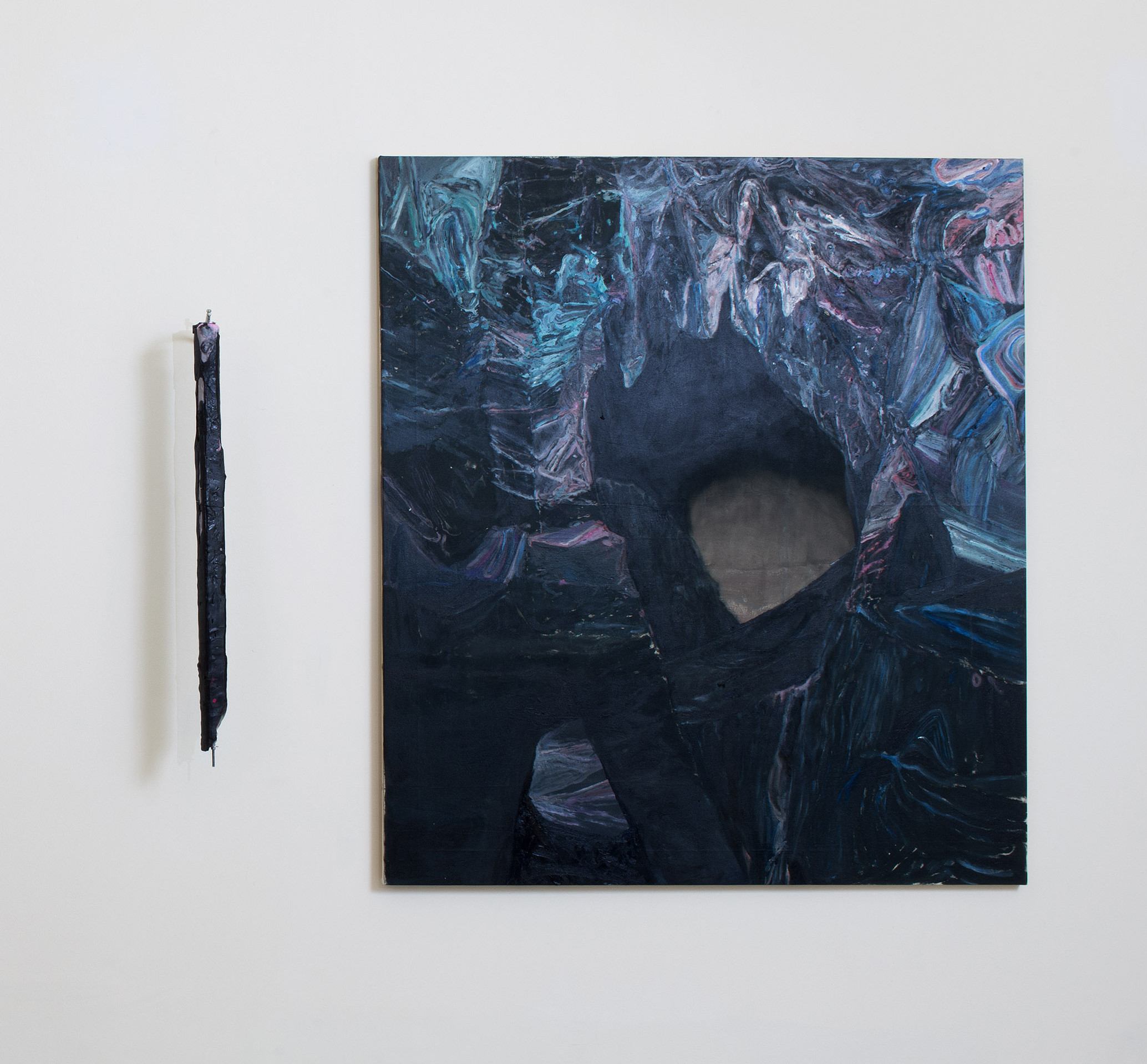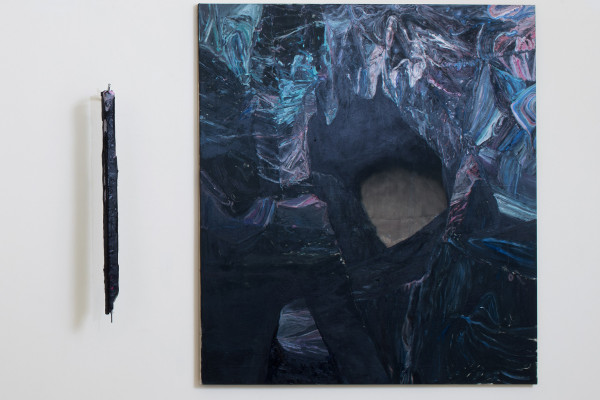Andrea Grotto
Careful inquirer of the Landscape, in its aesthetic and also philosophical values, Andrea Grotto prefers the representation of "empty landscapes", those residual areas of the contemporary world identified by Gilles Clément in the essay on the Third Landscape, where a potential often incapable of expressing itself resides: they return in his paintings the theme of the concrete tank, once already used as a trough for livestock, now abandoned to a silent fate in the Trentino Alps or in the middle of a wood, where its cement geometry stands out clashing against the harmony of a whole that doesn't belong to her. In this clash of diversified presences, physicalities and materials, but also of different times, purposes and moods, a state of suspension is created, beyond good and evil. Andrea Grotto's works are not a mere representation of the mountain landscape, with its undoubted suggestive capacity, but rather the evocation of the landscape imagery, that borderline, in which what we perceive is indistinguishable from what we remember, and everything merges into a single undisputed value: vision. In addition to painting, Andrea Grotto devotes himself to sculpture, creating assemblages of different materials, however poor, deliberately placed in a precarious balance to give life to an object without any specific practical use: a sort of Picabian useless machines, with exclusively suggestive intentions , aimed at arousing in the observer the work unprecedented associations of thought, which give rise to a different story each time in relation to the past experiences of the individual.

